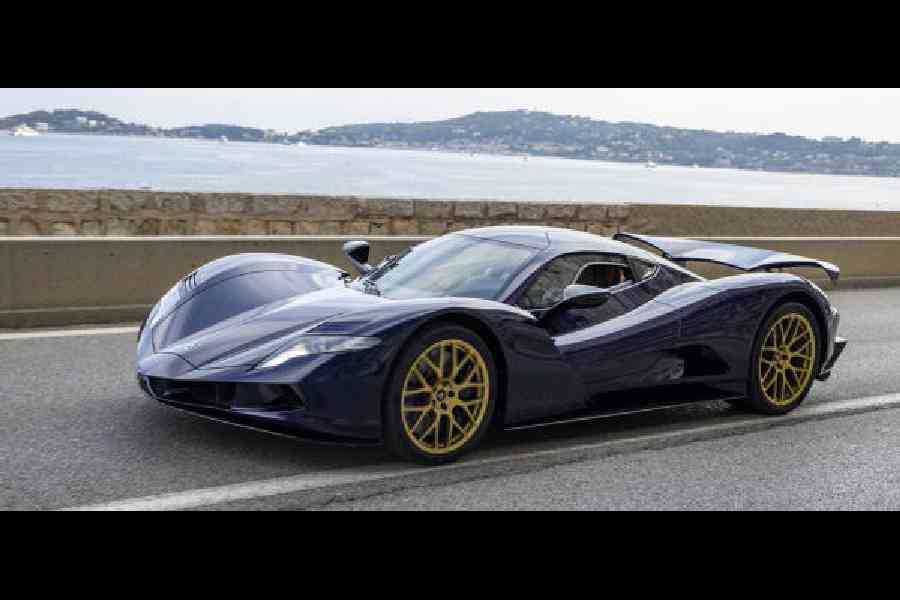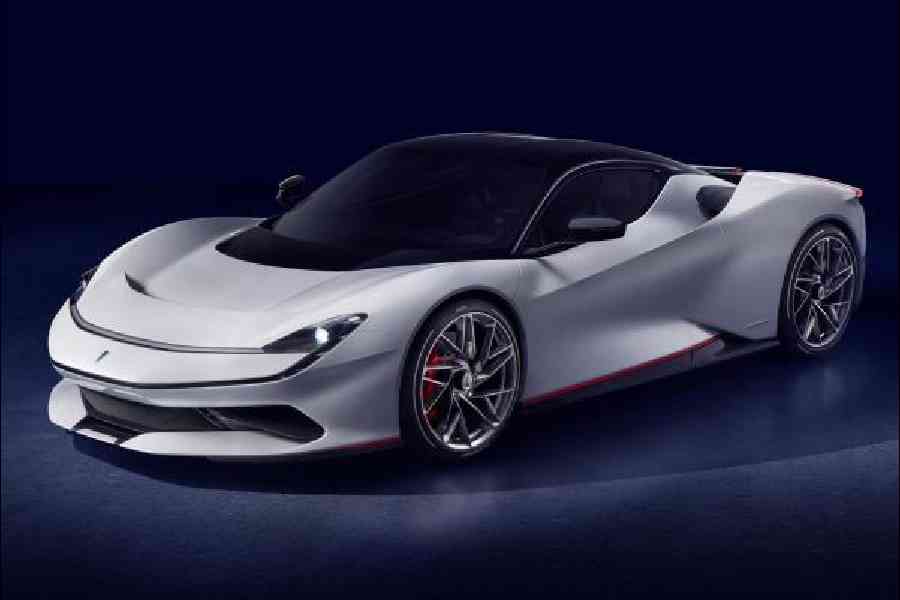Even a decade ago, when the internal combustion engine (ICE) still ruled the performance roost, there was quite the wow factor when a car could accelerate from a standstill to 60mph in somewhere around three seconds. And if a car had anything above 500bhp, that would create a halo just of its own. At that time we were talking about the then rarified worlds of the Bugattis, Ferraris, Lamborghinis, Paganis, Koenigseggs, Porsches and a handful of others of their ilk. But that was then.
Cut to now. With electric motors making a comeback in cars after a hiatus of nearly a hundred years, the game changed with production cars that were either pure electric or plug-in hybrid models hitting the 60mph mark at times closer to two seconds than three. What is more, with the architecture of the cars changing from having a single ICE power source to distributed power with two, three or four motors till now, positioned at the wheels and axle the technical possibility of bumping up power to anywhere from a 1,000bhp to a little over 2,000bhp (so far) has become fairly common albeit in the realm of supercars and hypercars that are produced in small numbers.
And while earlier this kind of performance was the territory of million-dollar-plus hypercars, today one can buy this kind of performance for just around $100,000, the Tesla Model S Plaid being a prime example. And it is supposed to hit 60mph from a standstill in a claimed 1.99 seconds.
With a recent listing of the 1,985hp Aspark Owl, a Japanese electric production hypercar, for auction, we check out some of the most powerful, and therefore very quick, cars money can buy today. Here’s a look at the Top 5.
Lotus Evija
This is the most bonkers a car has ever gone in terms of power output. The Lotus Evija is an all-electric vehicle from the now Geely-owned company. It has a total maximum power output of 2,012hp from its four electric motors that are housed one in each wheel and a total torque of 1,704Nm. And while it is the most powerful production car ever, in this milieu it looks like a bit of a slouch, hitting 100kmph (62mph) from zero in a claimed 2.8 seconds. Lotus will be making just 130 examples of this little powerhouse priced at about $2.12 million a piece in the UK before levies and taxes.
Aspark Owl

Aspark, a little-known Japanese company that has been into component manufacturing, ventured into the car market with the limited run of an electric hypercar they named Owl, priced around $2,72 million. There will be only 50 of these. With 1,985hp of power and 2,000Nm of torque available, this car goes very quickly, hitting 60mph from static in a claimed 1.72 seconds. This would make it the fastest production car — there are track cars that go even faster — on the planet going by Aspark’s claims as it would shave 0.02 seconds off the timing of the Rimac Nevera.
Rimac Nevera
Croatia isn’t exactly known for its automobiles, but Rimac, a specialist manufacturer of performance electric vehicles, has put it on the map. Its Nevera is one of the fastest accelerating cars in the world and is claimed to reach 60mph from a standstill in 1.74 seconds. It is also one of the most powerful cars in the world with a peak output of 1,888hp from its four motors in the wheels and 2,360Nm of torque. The production run will be limited to 150 cars at a price tag of $2.2 million.
Pininfarina Battista

Owned by India’s Mahindra Group, this Germany-based manufacturer derived from the Italian automotive styling and design house rolled out the Battista, named after its founder. The car pushes out 1,900hp from four motors in its four wheels and a total of 2,300Nm of torque. Performance, expectedly, is brisk and it racks up 100kmph (62mph) in 1.88 seconds. This is the first Pininfarina car. Till now it has been styling cars for other manufacturers, probably the most notable being Ferrari. It costs about $2.4 million and there will be only 150 of these.
Hennessey Venom F5
This is the only ICE vehicle in this group with a power output of 1,817hp and a torque figure of 1,617Nm. Expectedly, with the petrol engine needing revs to build up torque, this coupe isn’t as quick off the blocks as its electric brethren and does that sprint in 2.5 seconds. It also remains the most powerful ICE hypercar till date and an example of it has changed hands at an auction at $2.2 million. It is also one of the lighter vehicles in this list since it doesn’t carry around a battery pack. Its Revolution models are the latest.










